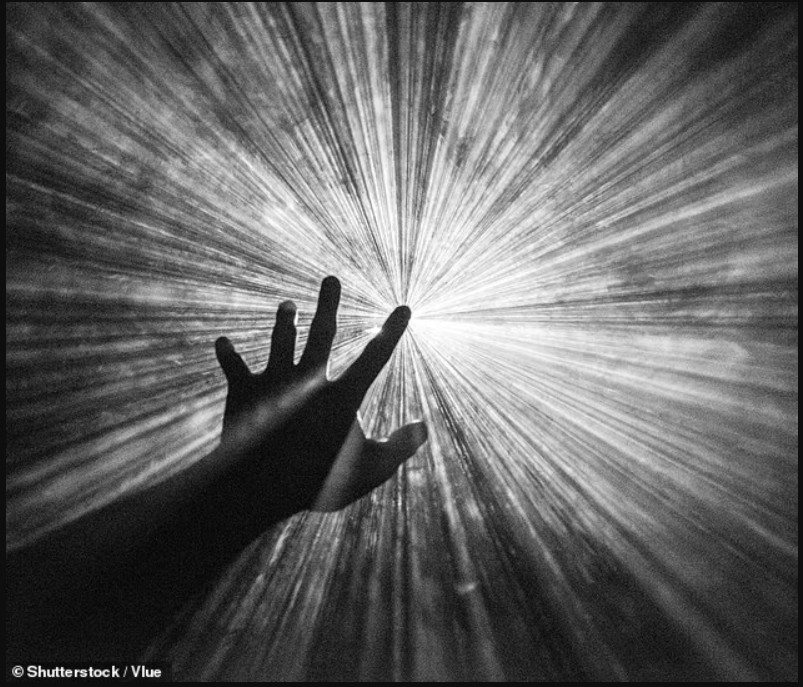
A physicist has presented a scientific theory that challenges the way we understand consciousness — and that, she says, could help explain phenomena like near-death experiences, telepathy and even life after death.
According to Prof. Maria Strømme, a nanotechnology expert at Uppsala University in Sweden, consciousness is not produced by the human brain, as is commonly believed. She claims that consciousness exists as a fundamental field of the universe — a basic structure, as fundamental as gravity or energy.
If this theory is correct, then consciousness does not disappear when the body's functions stop. Rather, it "returns" to the universal field from which it came.
“We have neglected the possibility that consciousness is a fundamental element of nature, but that is changing rapidly,” Strømme told the Daily Mail. “It is no longer a philosophical debate on the fringes — it is becoming a scientific imperative.”

A universe built on consciousness?
In traditional theories of quantum physics, particles and energy arise from vibrations of fundamental fields. Strømme proposes that that field could be consciousness itself.
According to her, individual consciousness is a "wave" within a larger ocean of consciousness.
“Waves have temporary form, but water does not disappear when they subside,” she explains. “So does human consciousness.”
This means that the separation between individuals may only be an illusion, while the essence of consciousness is shared.
Consequences: from telepathy to life after death
If consciousness is not confined within the brain, then some reported experiences, hitherto considered paranormal, may have a physical basis and need to be tested.
– Telepathy and “mental communication”
– Intuitions or strong emotional feelings
– Near-death experiences (NDEs)
– Appearances of deceased relatives
– Spiritual visions at critical moments
According to the researcher, in moments when the brain is damaged, deprived of oxygen, or under extreme stress — such as during cardiac arrest — it can allow "unusual access" to this area of consciousness.
If the theory is true, it suggests that meditation, emotional connection, prayer, or altered states of consciousness can synchronize brain activity between individuals — something that can be tested with neurological scans.

Near-death experiences — what do people see?
Recent studies with people who have been clinically dead for several minutes show repeated experiences:
religious figures like Jesus
a "great light" or divine energy
gardens, nature or peaceful landscapes
deceased relatives who are "waiting" for them
dark tunnels with light at the end
the feeling of leaving the body
"matrix" or multidimensional space
angels, spiritual beings, guides
visions of the future or the past
Many describe the experience as absolute peace, unconditional love, or separation from the physical body.
From religion to modern science
Strømme notes that the concept of shared consciousness is mentioned in major religious texts — the Bible, the Quran, the Vedas — while some of the first quantum physicists arrived at similar ideas through science.
“Now is the time for modern science to seriously study this,” she says.
Science still needs proof.
Many scientists remain skeptical and warn that the theory needs rigorous experimental testing. So far, there is no conclusive evidence that consciousness exists outside the brain.
But Strømme says that long-term neurological research, functional resonance experiments and quantum field measurements could prove or disprove the theory in the coming years. /GazetaExpress/